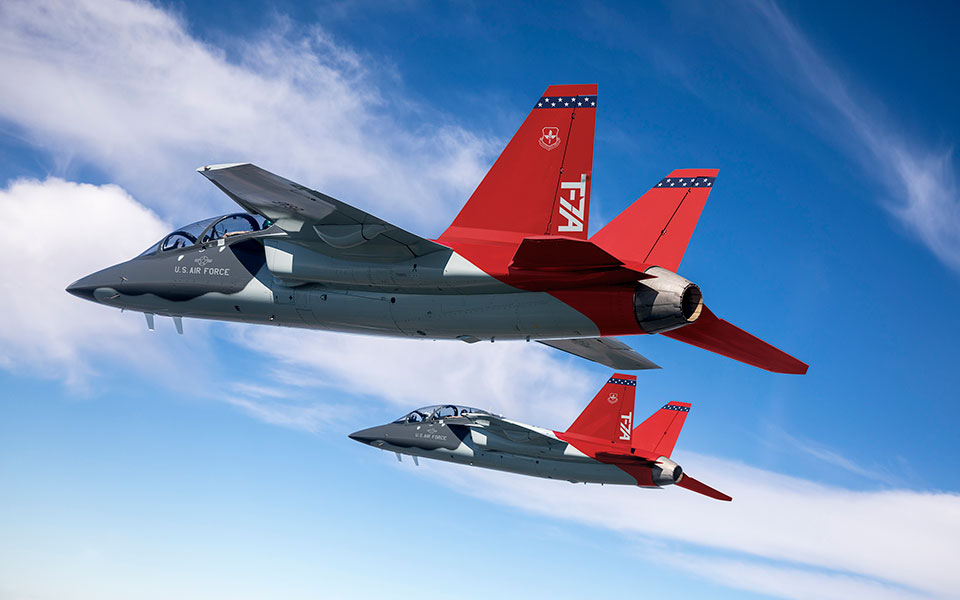The US Air Force has announced that their new jet trainer will be designated the “T-7A Red Hawk.”
This name is in honor of African-American pilots in World War II who flew with the 332nd Fighter Group. Their planes had a distinctive red tail in order to aid in identification.
The name also honors the Curtiss P-40 Warhawk fighter which was flown by the 99th Fighter Squadron which was also manned by African-Americans.
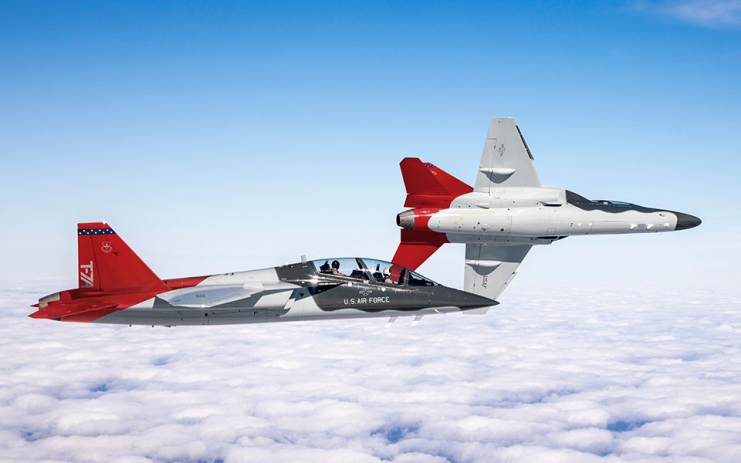
The new plane will begin replacing the T-38 Talon in the Air Force in 2023. It will feature the red-painted tail.
A special event was held for the naming of the jet during the Air, Space and Cyber conference.
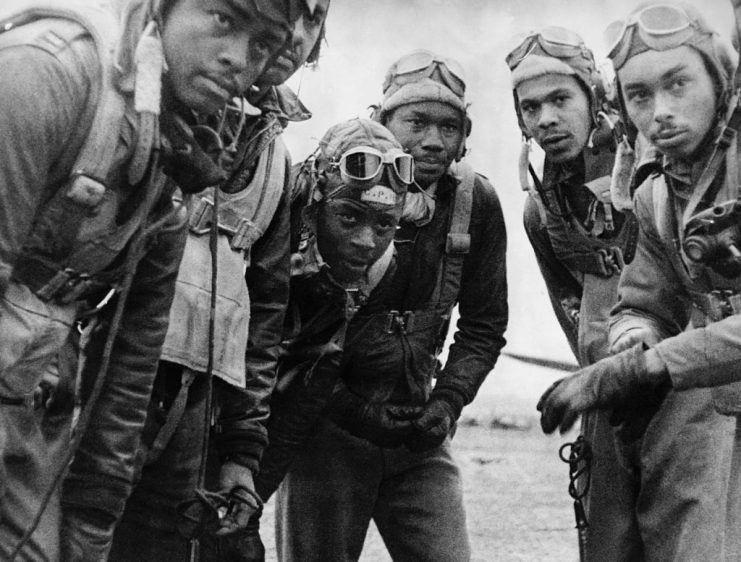
Acting Secretary of the Air Force, Matthew Donovan, attended the event and told the crowd that the trainer will better prepare future fighter pilots for flying the new fifth-generation fighters like the F-22 and the F-35.
According to Donovan, the T-7A has advanced capabilities to train pilots on data links, simulated radar, smart weapons, defensive management systems, and synthetic training capabilities.
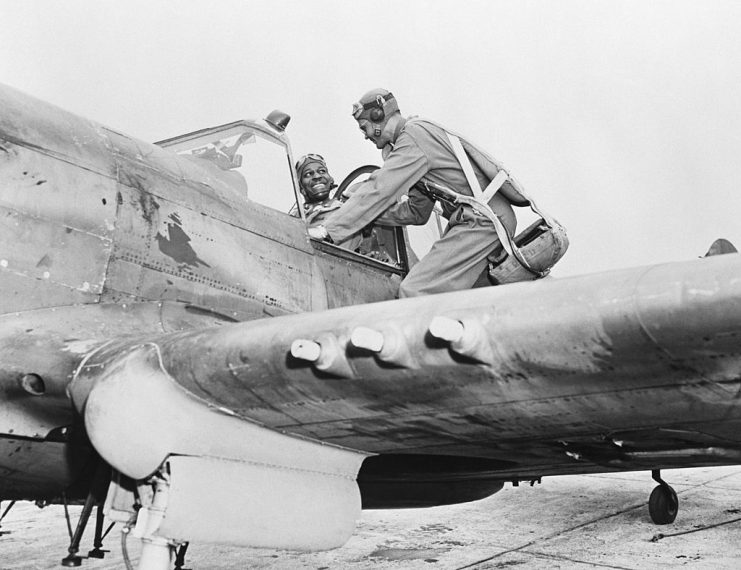
The naming of the T-7A honors the “Tuskegee Airmen.” These were African-American crews, maintainers, and air traffic controllers who trained at the Tuskegee Army Airfield in Alabama beginning in 1940.
At the time, the US military was segregated and those who graduated from Tuskegee went on to form the 99th, 100th, 301st, and 302nd fighter squadrons in the 332nd Fighter Group. They had the nickname of “Red Tails” for the red-painted tails on the planes they flew.
The naming of the T-7A also commemorates the P-40 Warhawk fighter plane, one of the most famous fighter planes from WWII. The 99th Fighter Squadron flew P-40s along with the All Volunteer Group, or “Flying Tigers.”
There were over 13,000 P-40s built and P-40s were used in almost every Allied air force including the Soviets, Canadians, and British.
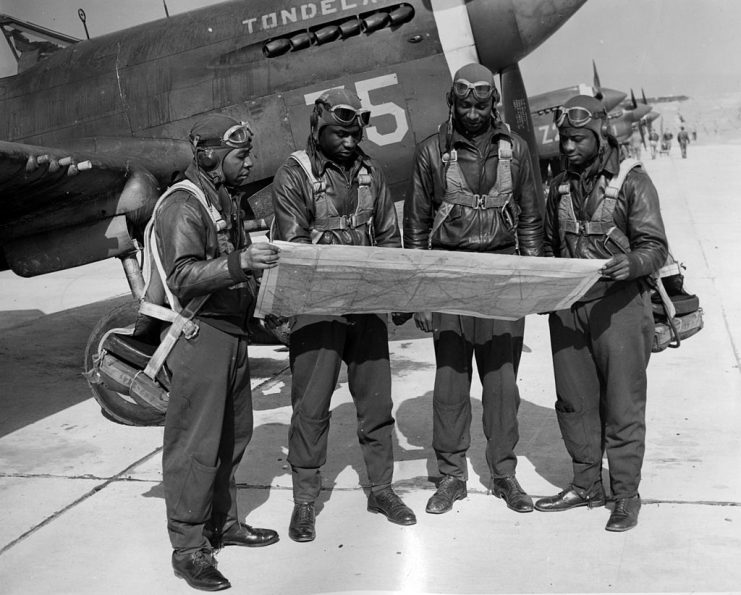
In 1943, the P-40 was obsolete and replaced with newer planes like the P-51 Mustang.
Colonel Charles McGee also attended the naming event. McGee is one of the original members of the Tuskegee Airmen. He flew over 400 combat missions throughout WWII, Korea, and Vietnam.
He earned two Legions of Merit, three Distinguished Flying Crosses, the Bronze Star, and twenty-five Air Medals. He is a member of the National Aviation Hall of Fame.
The T-38 Talon is currently used to prepare pilots to fly the F-15E Strike Eagle, F-15C Eagle, F-16 Fighting Falcon, B-1B Lancer, A-10 Thunderbolt and the F-22 Raptor.
It is built by Northrop Corp and has a top speed of Mach 1.08 at sea level and has a range of 1,093 miles. It can be equipped with a practice bomb dispenser and has room for two pilots – one student and one instructor.
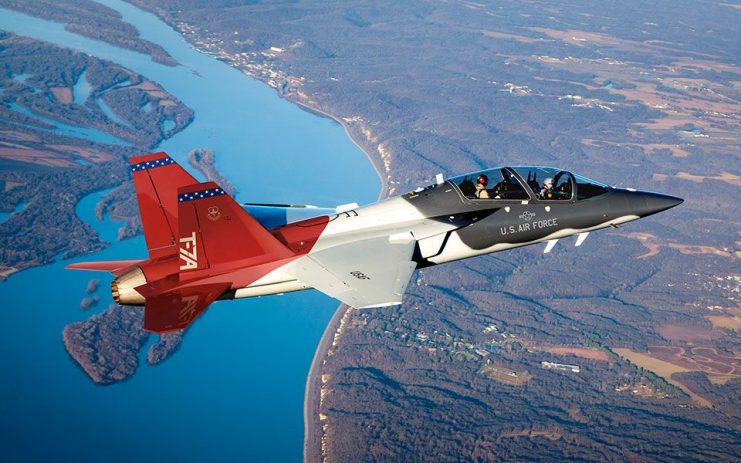
The first T-38 flew in 1959 and the last one was built in 1972. They are currently performance-restricted because of age-related wing cracks and do not have the avionics needed to train pilots on the next generation fighters.
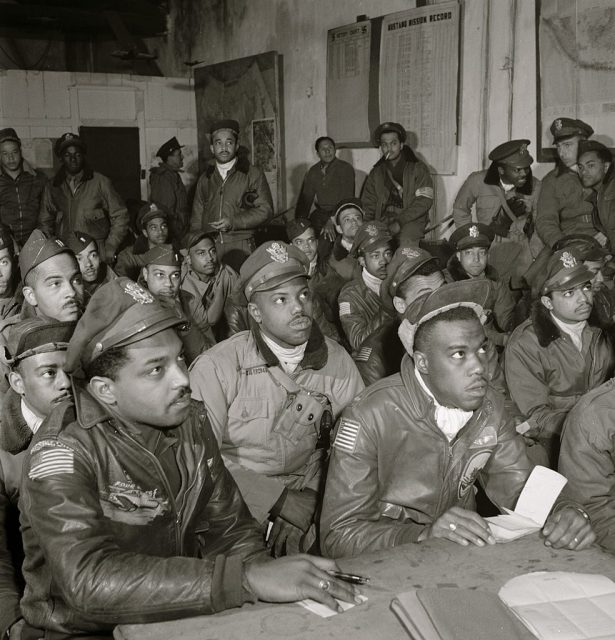
The T-7A is manufactured by Boeing. Performance specifications are not yet available. The new plane is designed to use parts also used in other planes in order to simplify maintenance.
Another Article From Us: What Happened to The Enola Gay After 1945
Other features of the new plane are also designed to aid maintainers who have to keep the T-7As airborne.
